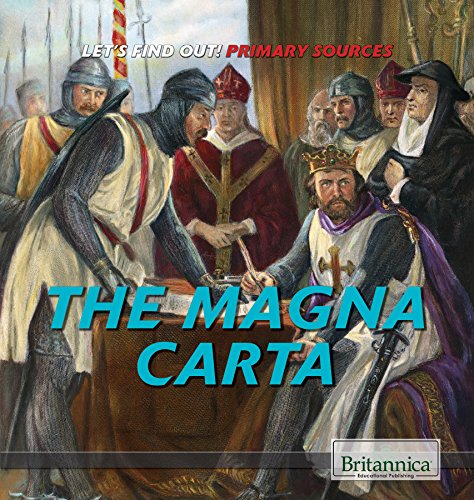-
I Dig Dinosaurs!
Katy Duffield
Library Binding (Ready Readers, July 1, 2018)Paleontologists are scientists who dig for bones. Find out what their job from start to finish. Paired to the fiction title The Dinosaur Museum. G
G
-
What Are Resources?
Laura Loria
Library Binding (Rosen Education Service, Aug. 15, 2016)Young readers may have heard about the benefits of using and making the most of their resources, but how does that factor into an economic discussion? This thorough discussion defines resources and describes the different types of resources and why some divide them into three categories and others choose four. The book also addresses the concept of scarcity, showing readers how, because all resources have their limits, it is important to use them responsibly and efficiently in a healthy economy. W
W
-
What Are Vitamins?
Corona Brezina
Library Binding (Rosen Education Service, Aug. 15, 2018)Today, dietary supplements have become a booming business and it's trendy for the food industry to use vitamins as a selling point in their products. Sometimes, consumers can lose track of the truth about vitamins among misleading and incomplete claims. This book provides accurate information, introducing young readers to the vitamins essential for their health. They will come away from the book knowing what vitamins they need, why they're vital for good nutrition, and the consequences of deficiencies or overdoses. They will understand how to wisely enhance their daily diets. R
R
-
What Is Heat Energy?
Lynnae D Steinberg
Library Binding (Britannica Educational Pub, Aug. 15, 2017)Introduces heat energy, detailing the different kinds of heat energy, how it is measured, and how heat impacts the Earth. P
P
-
The Magna Carta
Richard Barrington, Edmund Barrington
Paperback (Rosen Education Service, Jan. 1, 2017)"In the year 1215, the way governments and citizens interact was f orever changed by the signing of a document known as the Magna Carta. While students are often familiar with the importance of this charter, this title explores the text itself by narrating the history of the charter's development and pairing excerpts of text with straightforward explanations at a lower elementary reading level"-- S
S
-
Celebrations Around the World
Katy Duffield
Paperback (Ready Readers, July 1, 2018)People around the world love to celebrate. They dress up, sing, and dance. Learn about the different ways countries celebrate holidays. Paired to the fiction title Trick or Treat. G
G
-
Ocean Life
Wiley Blevins
Spiral-bound (Cartwheel Books, July 1, 2006)Introducing a new activity book series based on the popular Let's Find Out magazine!Discover what life is like in the ocean for seals, turtles, whales, manatees, and much more. This spiral bound activity book is filled with photographs and activities, and is sure to be a favorite of young readers this season. It also includes markers, wipe-off activity pages, and miniature plastic animals. F
F
-
How Plants Communicate
Sarah Machajewski
Paperback (Rosen Education Service, Aug. 15, 2018)Welcome to the wonderful world of plants, some of the planet's most amazing creatures. Plants turn sunlight into food, produce oxygen, and provide people with food, clothing, medicine, and much, much more. What's more, they can communicate. This dynamic book takes readers inside plant communication, a place where chemicals, sounds, and smells become the synapses, words, and motions of the plant world. Written to support elementary science curricula, this book offers a high-interest take on botany that is sure to spark readers' interest in plant biology. Y
Y
-
What Are Mollusks?
Sarah Machajewski
Paperback (Britannica Educational Pub, Jan. 1, 2017)Marine biology is both essential and inspirational to human life. The bodies of mollusks in particular allow them to live aboveground, underwater, or both, depending on the species. Readers will learn about the unique contribution oysters, squid, and slugs, all of which are different classes of mollusks, make to their habitats. Their diets, their vulnerabilities, what they leave behind, and what threatens them take shape on pages that depict what mollusks are through both stunning photography and highly organized prose. O
O
-
Map Symbols
Terri Fields
Paperback (Ready Readers, July 1, 2018)Maps are made up of symbols. The symbols tell people where things are in a location. Let’s explore the different symbols on a map. Paired to the fiction title Treasure Hunt. H
H
-
What Are Crustaceans?
Therese Shea
Paperback (Britannica Educational Pub, Jan. 1, 2017)The crustacean subphylum can be broken down into decapods, amphipods, copepods, and other types. This title offers readers from grades one through four comparisons between the needs and roles of different crustaceans, which will allow readers to understand the subphylums importance. Readers will recognize and expand their knowledge about familiar species like the lobster and the shrimp, while being introduced to the likes of the wood louse and zooplankton. Dynamic photography and methodically organized information will help readers examine the many sizes, types of limbs, and other features of this diverse group. O
O
-
What Is Chemical Energy?
Maya Bayden
Library Binding (Britannica Educational Pub, Aug. 15, 2017)Introduces chemical energy, from the food humans eat to the chemical reactions in heating gasoline that makes cars run, and describes how one form of energy can transform into another. H
H